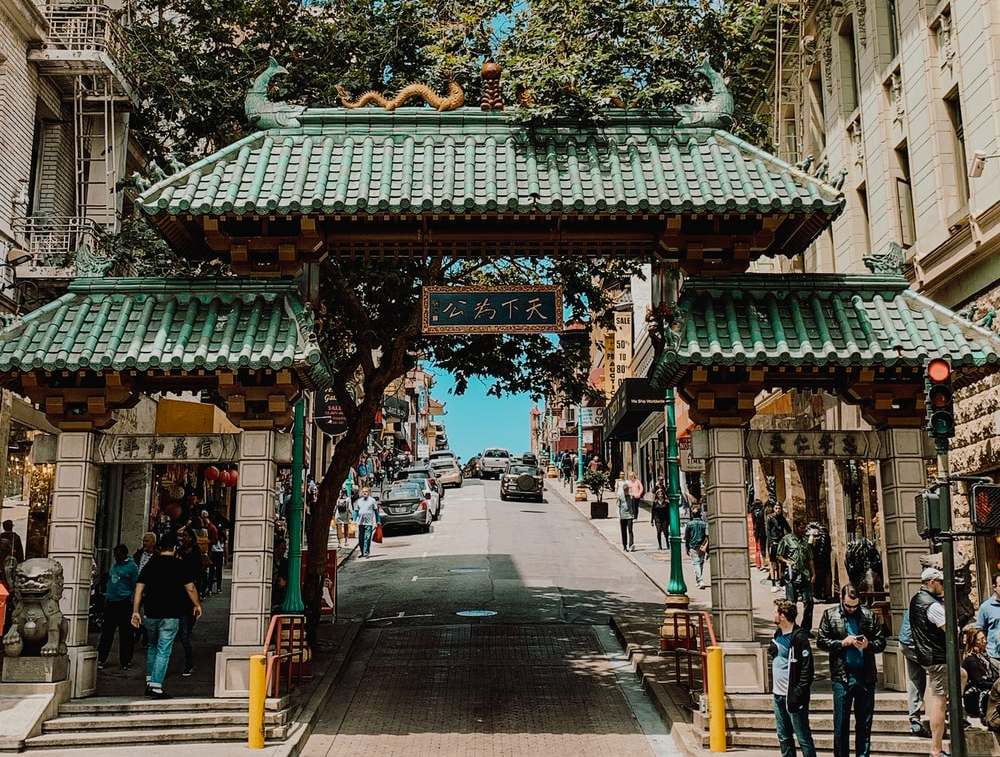The first Chinese immigrants arrived in the 1840s, pushed by poverty, famine, and difficult economic conditions in the southern portion of China.
Chinese immigrants were drawn by the discovery of gold in the Sierra Nevada foothills. As a result, they began arriving in California in the 1850s in search of gold. Meanwhile, between 1867 and 1870, an additional 10,000 people flooded into California, in response to the recruitment of the Central Pacific Railroad Company. The majority of Chinese immigrants arrived in San Francisco, where they found work in railroad construction, mining, and agricultural. Approximately one-third of San Francisco citizens are Asian, with the majority of them being Chinese.
Moreover, families began to immigrate to America in search of freedom and a better life. Consequently, many young and eager Chinese immigrants married swiftly in their homeland and left for the gold rush. By the 1920s, about 30,000 Chinese had already made the journey. They are on their way to America with a ticket to freedom. When the gold rush ended, immigrants were considered cheap labor.
Immigrants and immigration are good for a country, community, and economy. In addition, the arrival of Chinese immigrants helped drive business creation, and fill essential workforce needs. Many countries rely on immigration to stabilize their populations and their economies. Additionally, immigrants make huge contributions to Social Security. Hence, they make significant contributions to our economy on almost every front. In conclusion, migration is important for the transfer of manpower and skills and provides the needed knowledge and innovation for global growth. The Sunset District has the biggest concentration of Chinese. This is evident through many of the restaurants and marketplaces along Noriega Street. San Francisco Chinatown is the largest one outside of Asia and the oldest in North America.
